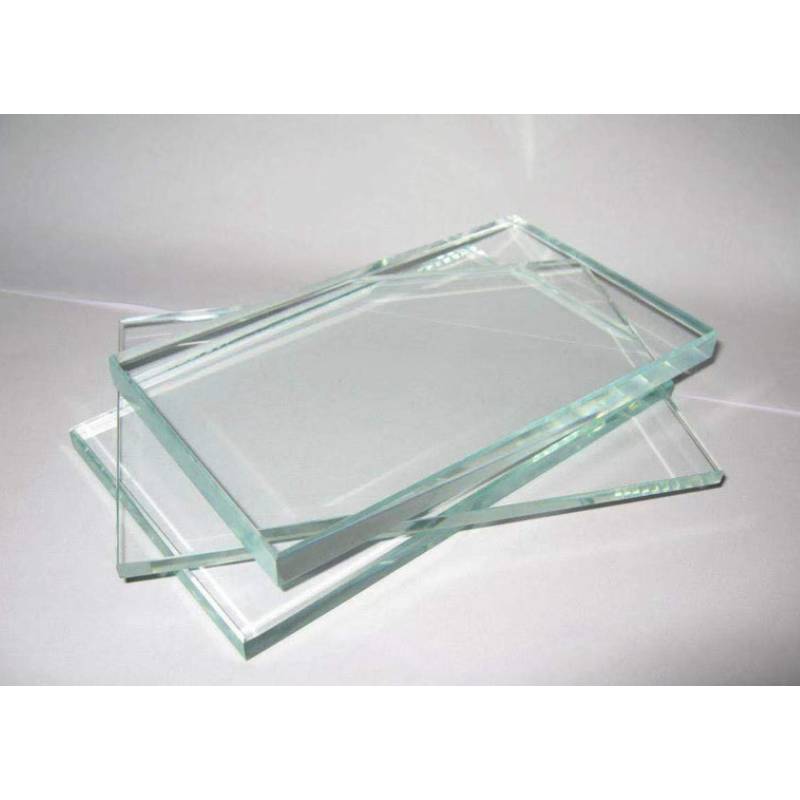Understanding Tinted Glass Definition, Types, and Applications
Tinted glass has become a popular choice in various architectural and automotive applications, owing to its unique characteristics and aesthetic appeal. But what exactly is meant by tinted glass? Essentially, tinted glass refers to glass that has been treated with a tinting process to change its color or reduce the amount of light that passes through. This modification can occur during the manufacturing process or can be applied as a film on existing glass.
Types of Tinted Glass
There are several types of tinted glass, each with its own specific properties and uses
. The most common types include
1. Solar Control Glass This type of tinted glass is designed to reduce solar heat gain. It often features a metallic coating that reflects sunlight while allowing natural light to enter. Solar control glass is widely used in commercial buildings and residential homes to improve energy efficiency and reduce cooling costs.
2. Privacy Glass Often used in bathroom windows, office partitions, and some vehicle windows, privacy glass provides unobstructed light while obscuring visibility from the outside. This type is particularly valuable in spaces where privacy is crucial.
3. Sunscreen Glass Similar to solar control glass, sunscreen glass restricts the passage of sunlight but allows more light to penetrate compared to traditional tinted options. It is ideal for environments needing natural light without excessive glare.
what is meant by tinted glass
4. Colored Glass Sometimes used for aesthetic purposes, colored tinted glass is available in a variety of hues. It can be used for decorative windows, artistic installations, or to create a specific ambiance in a space.
Applications of Tinted Glass
The applications of tinted glass are vast and varied. In the architectural realm, tinted glass is commonly used in skyscrapers and large buildings to enhance energy efficiency, reduce glare, and increase occupants' comfort. It minimizes the need for artificial lighting during the day while maintaining optimal indoor temperatures.
In the automotive industry, tinted glass serves both functional and aesthetic purposes. Window tinting can reduce glare from the sun, protect passengers from harmful UV rays, and enhance the vehicle's appearance. Laws regulating the degree of tinting vary by region, so it's essential for car owners to be aware of these regulations.
In residential settings, homeowners often opt for tinted windows for improved privacy and reduced energy costs. Additionally, tinted glass can help protect furnishings from fading due to prolonged sun exposure.
Conclusion
In summary, tinted glass is a versatile material that serves both functional and decorative purposes across various industries. Its ability to control light, enhance privacy, and improve energy efficiency makes it an invaluable addition to buildings, vehicles, and even home decor. As technology advances, the manufacturing processes for tinted glass continue to evolve, leading to even more innovative applications and designs. Whether for aesthetic enhancement or practical advantages, tinted glass remains a vital component in modern architecture and design.
 Afrikaans
Afrikaans  Albanian
Albanian  Amharic
Amharic  Arabic
Arabic  Armenian
Armenian  Azerbaijani
Azerbaijani  Basque
Basque  Belarusian
Belarusian  Bengali
Bengali  Bosnian
Bosnian  Bulgarian
Bulgarian  Catalan
Catalan  Cebuano
Cebuano  Corsican
Corsican  Croatian
Croatian  Czech
Czech  Danish
Danish  Dutch
Dutch  English
English  Esperanto
Esperanto  Estonian
Estonian  Finnish
Finnish  French
French  Frisian
Frisian  Galician
Galician  Georgian
Georgian  German
German  Greek
Greek  Gujarati
Gujarati  Haitian Creole
Haitian Creole  hausa
hausa  hawaiian
hawaiian  Hebrew
Hebrew  Hindi
Hindi  Miao
Miao  Hungarian
Hungarian  Icelandic
Icelandic  igbo
igbo  Indonesian
Indonesian  irish
irish  Italian
Italian  Japanese
Japanese  Javanese
Javanese  Kannada
Kannada  kazakh
kazakh  Khmer
Khmer  Rwandese
Rwandese  Korean
Korean  Kurdish
Kurdish  Kyrgyz
Kyrgyz  Lao
Lao  Latin
Latin  Latvian
Latvian  Lithuanian
Lithuanian  Luxembourgish
Luxembourgish  Macedonian
Macedonian  Malgashi
Malgashi  Malay
Malay  Malayalam
Malayalam  Maltese
Maltese  Maori
Maori  Marathi
Marathi  Mongolian
Mongolian  Myanmar
Myanmar  Nepali
Nepali  Norwegian
Norwegian  Norwegian
Norwegian  Occitan
Occitan  Pashto
Pashto  Persian
Persian  Polish
Polish  Portuguese
Portuguese  Punjabi
Punjabi  Romanian
Romanian  Russian
Russian  Samoan
Samoan  Scottish Gaelic
Scottish Gaelic  Serbian
Serbian  Sesotho
Sesotho  Shona
Shona  Sindhi
Sindhi  Sinhala
Sinhala  Slovak
Slovak  Slovenian
Slovenian  Somali
Somali  Spanish
Spanish  Sundanese
Sundanese  Swahili
Swahili  Swedish
Swedish  Tagalog
Tagalog  Tajik
Tajik  Tamil
Tamil  Tatar
Tatar  Telugu
Telugu  Thai
Thai  Turkish
Turkish  Turkmen
Turkmen  Ukrainian
Ukrainian  Urdu
Urdu  Uighur
Uighur  Uzbek
Uzbek  Vietnamese
Vietnamese  Welsh
Welsh  Bantu
Bantu  Yiddish
Yiddish  Yoruba
Yoruba  Zulu
Zulu 

